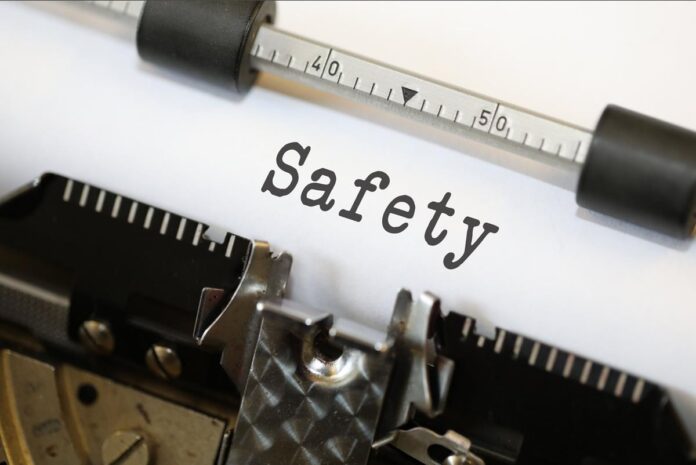Manufacturing is a huge industry within the UK. It ensures that the UK demand for all kinds of products is met and shipped out on time to boost customer satisfaction rates. What comes with manufacturing is a lot of heavy-duty machinery usage and that brings with it a plethora of dangers that could prove fatal if not managed correctly.
In 2020/21 there were 142 deaths to employees at work which is a huge number. No one deserves to worry about potentially not returning home from work and that’s why employers should take special measures to look after the 2.7 million people who work within this industry in the UK.
These special measures can take form in many different ways and this article is going to look into the most important ones. When you take these steps, you’ll reduce the risk of injury and fatalities in the workplace, all the while improving employee satisfaction rates and trust.
Here are the top 3 most important measures for machine safety.
Conduct a risk assessment
A crucial first step before any work may commence, perform a risk assessment of all the things that could go wrong. Some of the things may include:
- Slip, trip, and fall hazards
- Dangerous equipment injury
- Harmful fumes
Once you have created your list, decide how likely the risk is and take the necessary steps to reduce the chances of it occurring. For example, if the floor is slippery then you may apply anti-slip paint to it so that no one injuries themselves on it.
Training
Next, it’s time to put some training plans together. Training ensures that each employee understands how to operate the machinery and act within the building. This training should be made mandatory, and without completion, employees shouldn’t be allowed into the warehouse. Covering key areas like equipment handling, load limits, and the importance of maintaining machinery—such as inspecting aftermarket Moffett Parts to ensure forklifts operate safely—can help prevent accidents, for example.
When you do this, your confidence in the team members will grow, and they’ll appreciate you investing time and money into them. This may help to boost their motivation, just as regular maintenance keeps operations running smoothly or refresher courses ensure employees stay updated on best practices.
Personal protective equipment (PPE)
Even with proper training, accidents can still happen which is why you must not get complacent. Provide staff with equipment that will keep them safe from danger. Some examples of this may be:
- Protective goggles to prevent sparks or other materials from entering the eye.
- Steel capped boots to reduce damage from falling objects on feet.
- Mask to reduce the risk of diseases such as COVID-19 spreading as well reducing the intake of harmful gasses caused by machinery.
As you can see, reducing the risk of danger in your machinery-based workplace is straightforward when you understand the basic measures that are expected from you. Do the right thing, follow these steps and keep your employees safe and happy.





